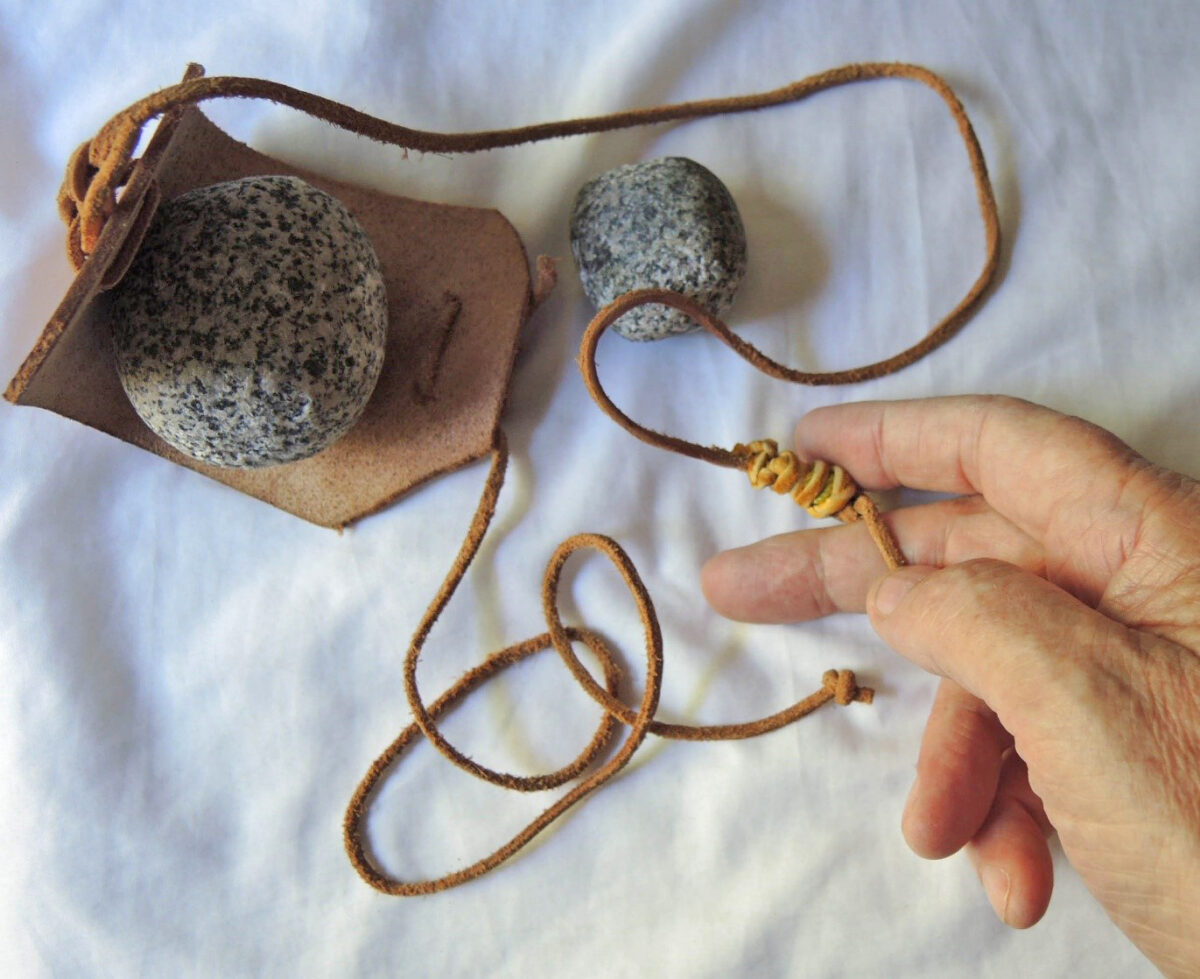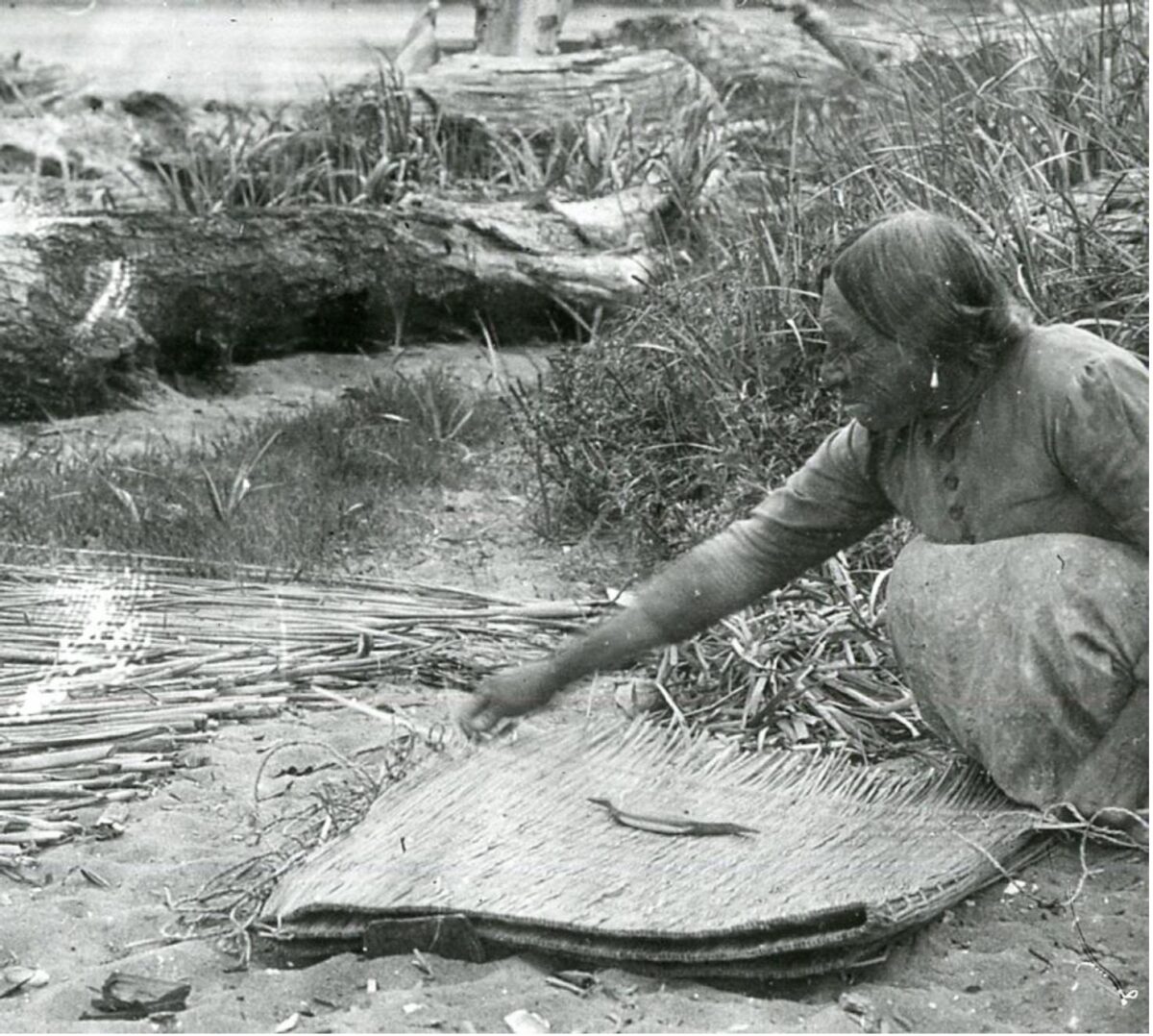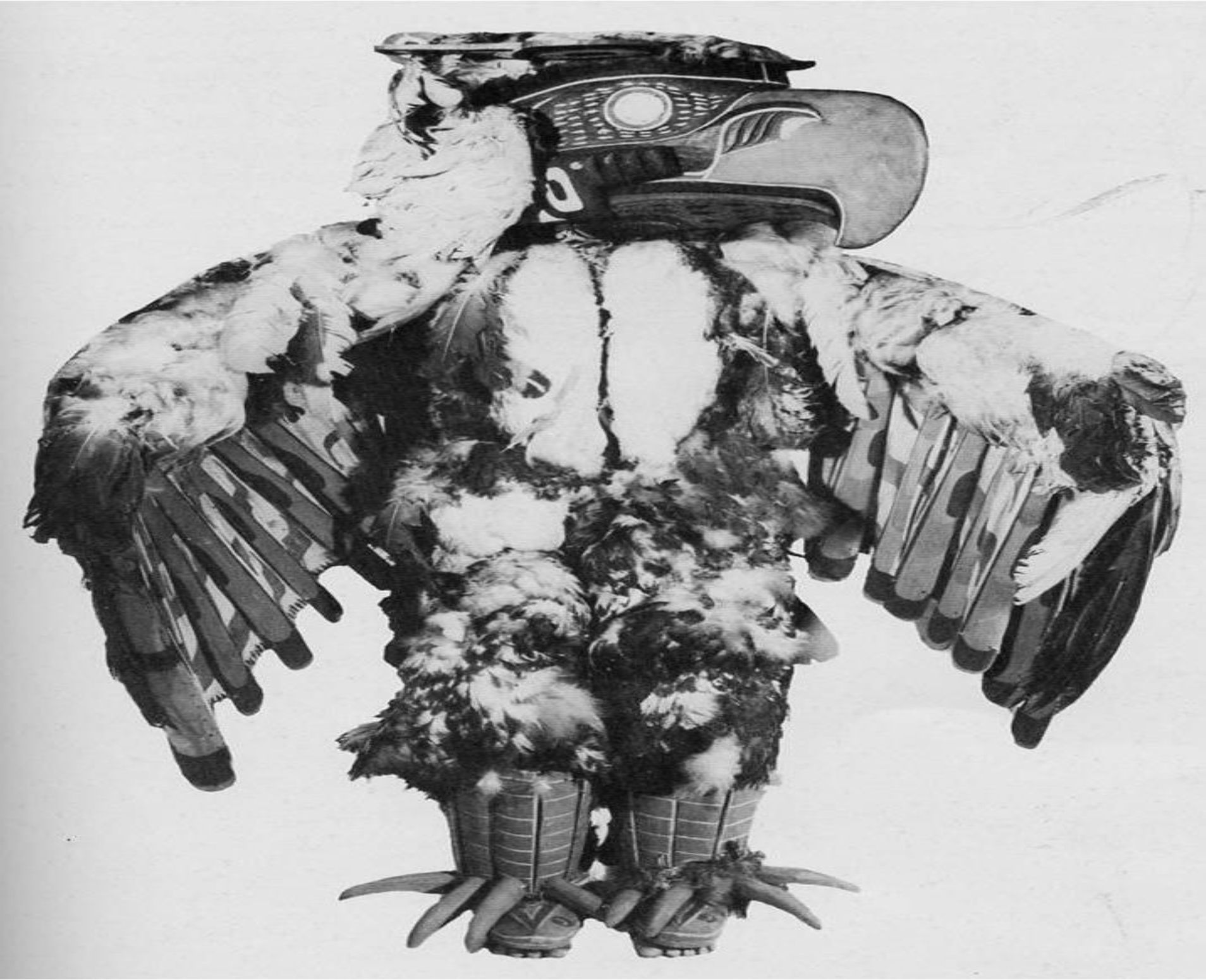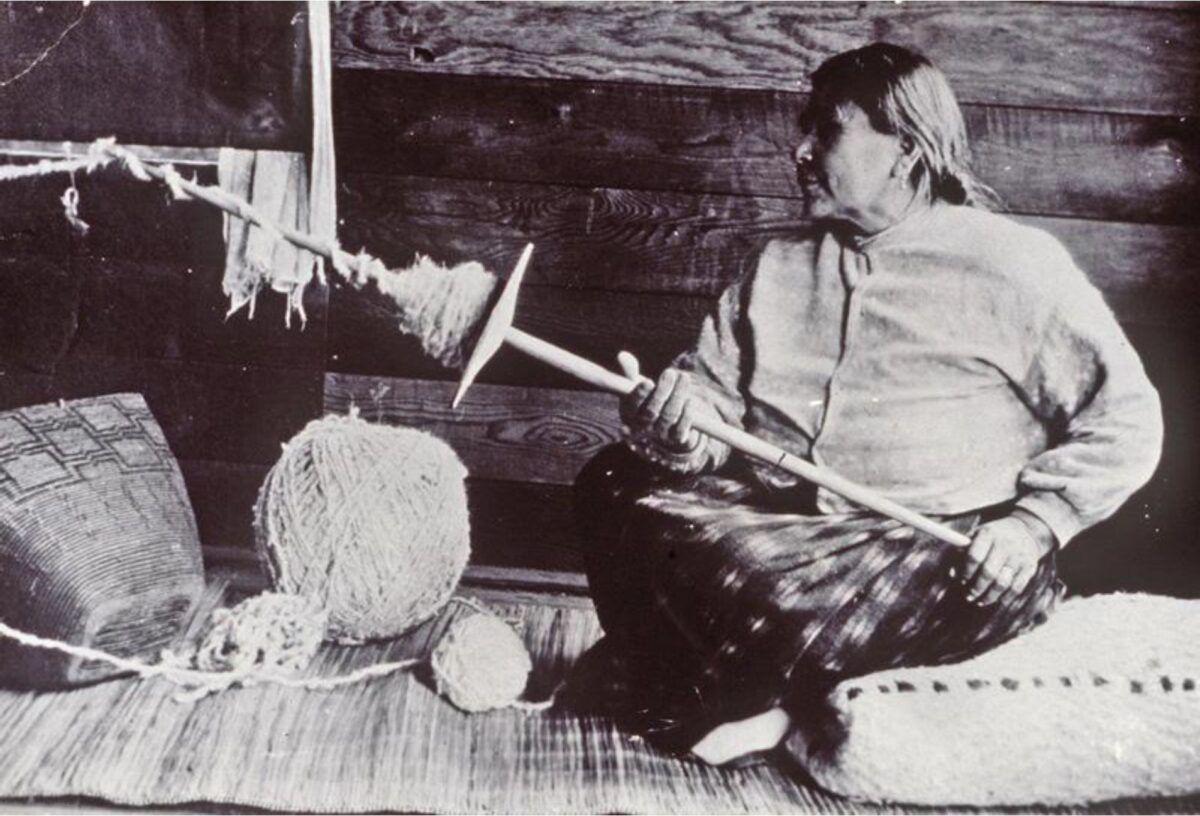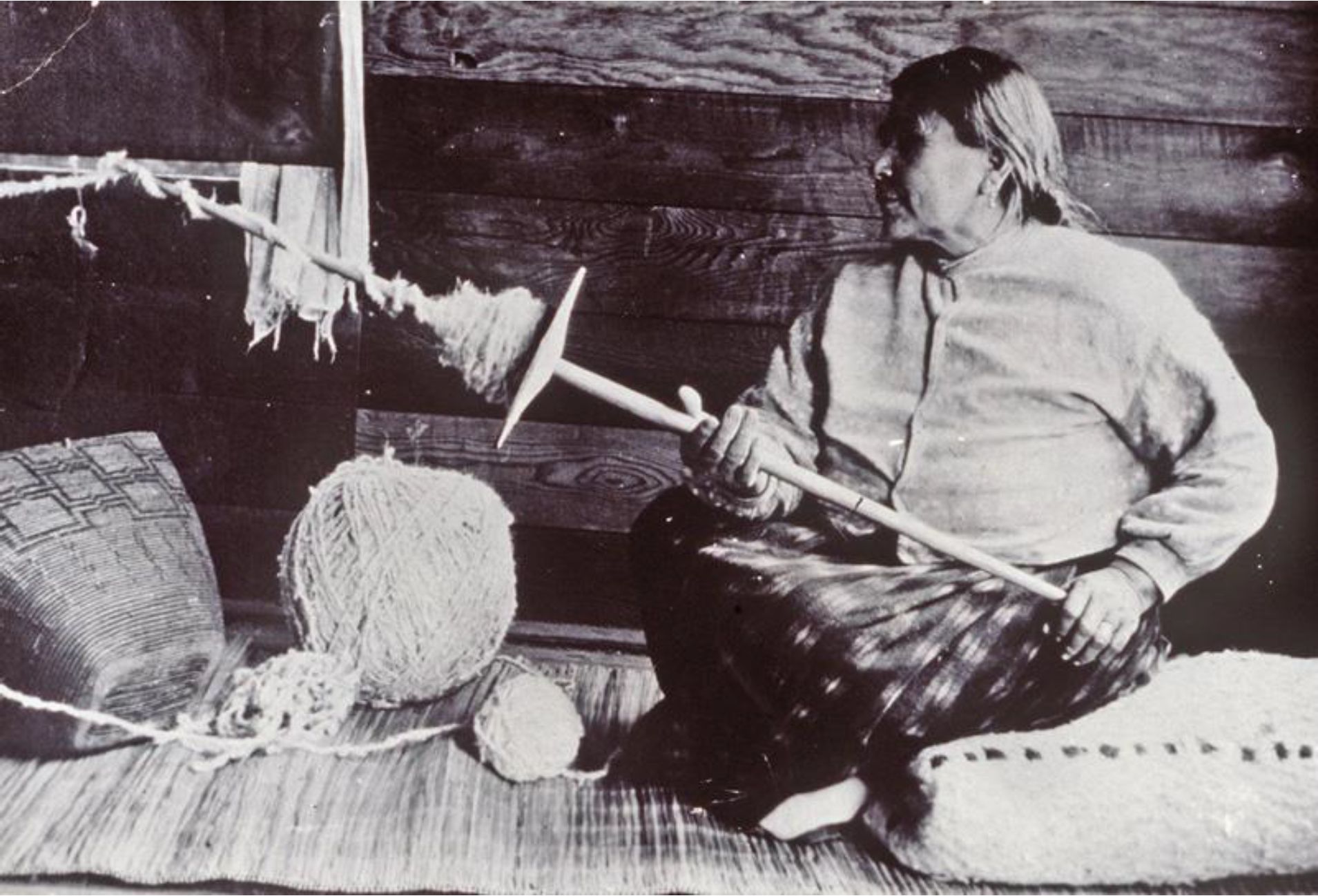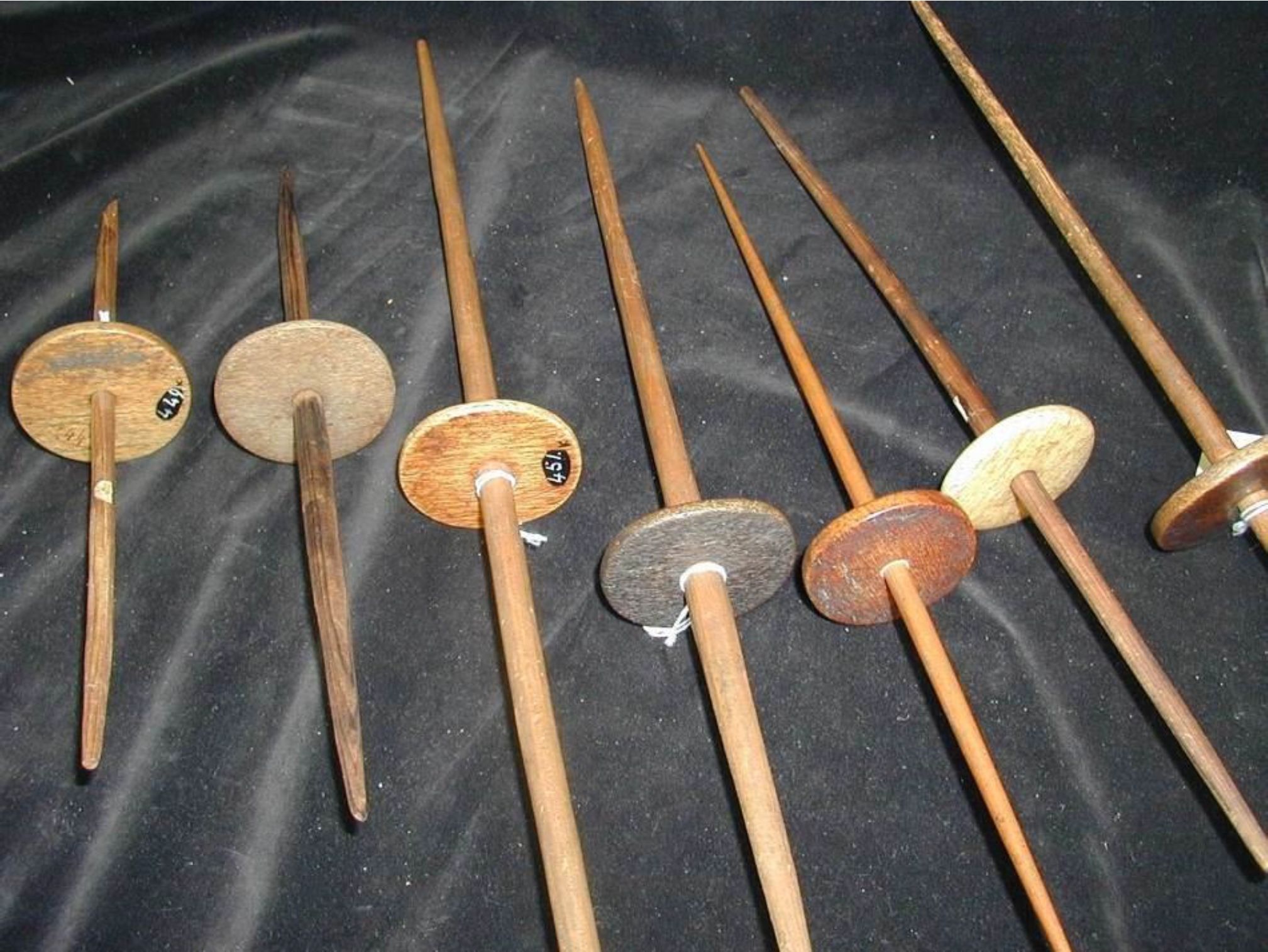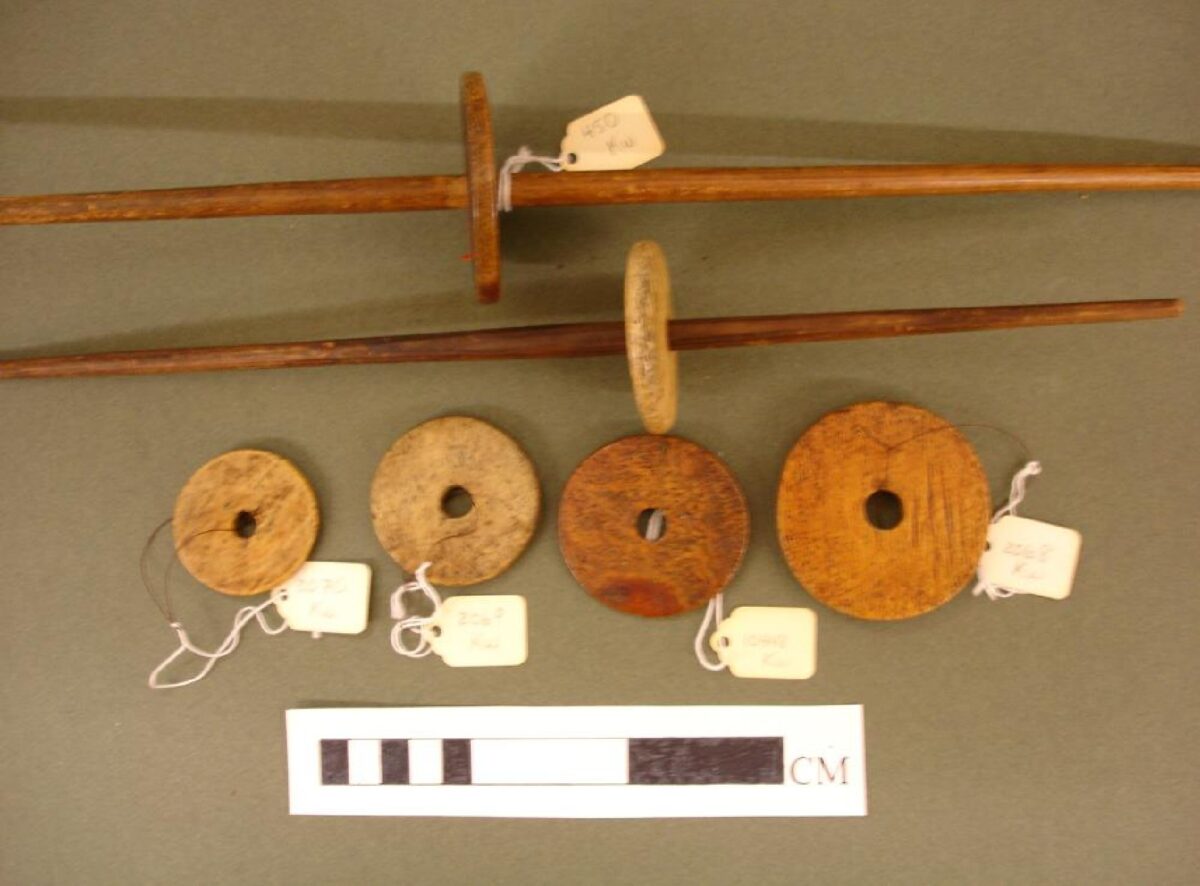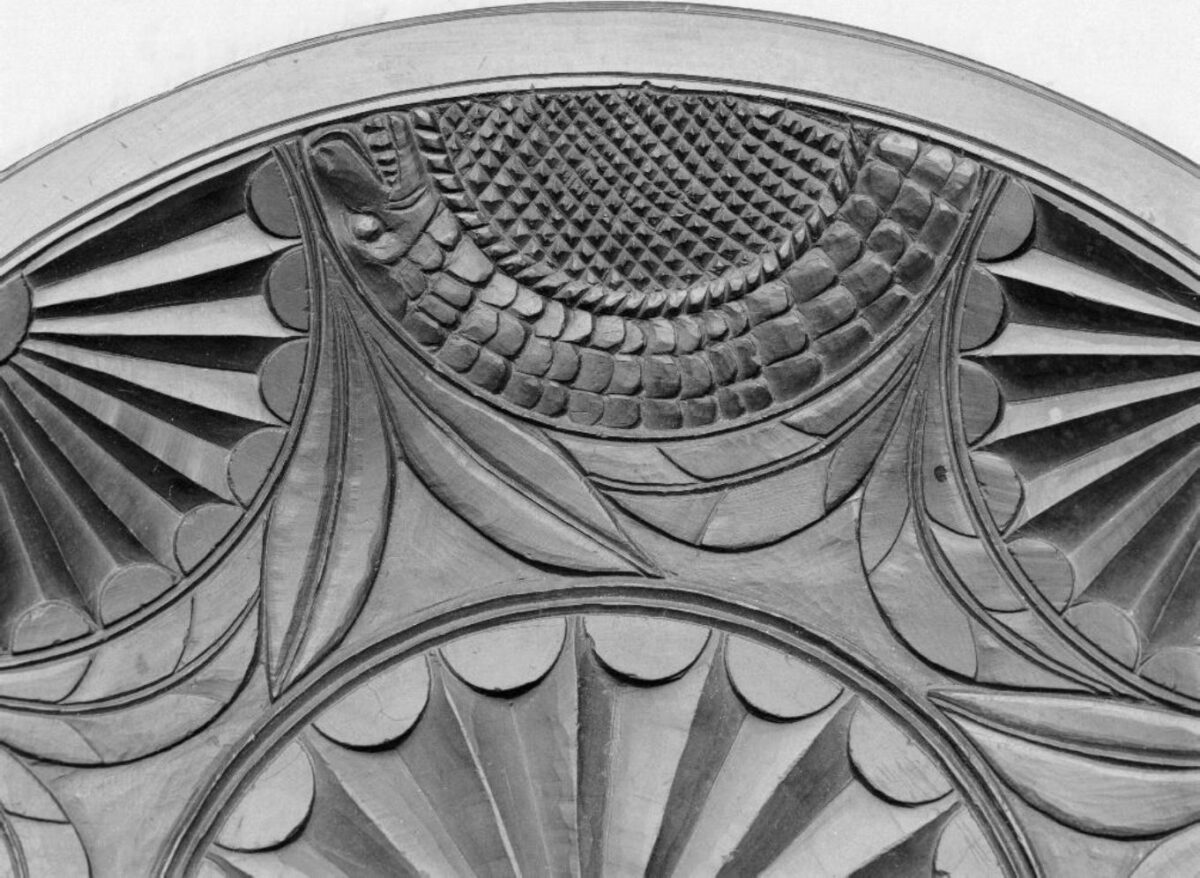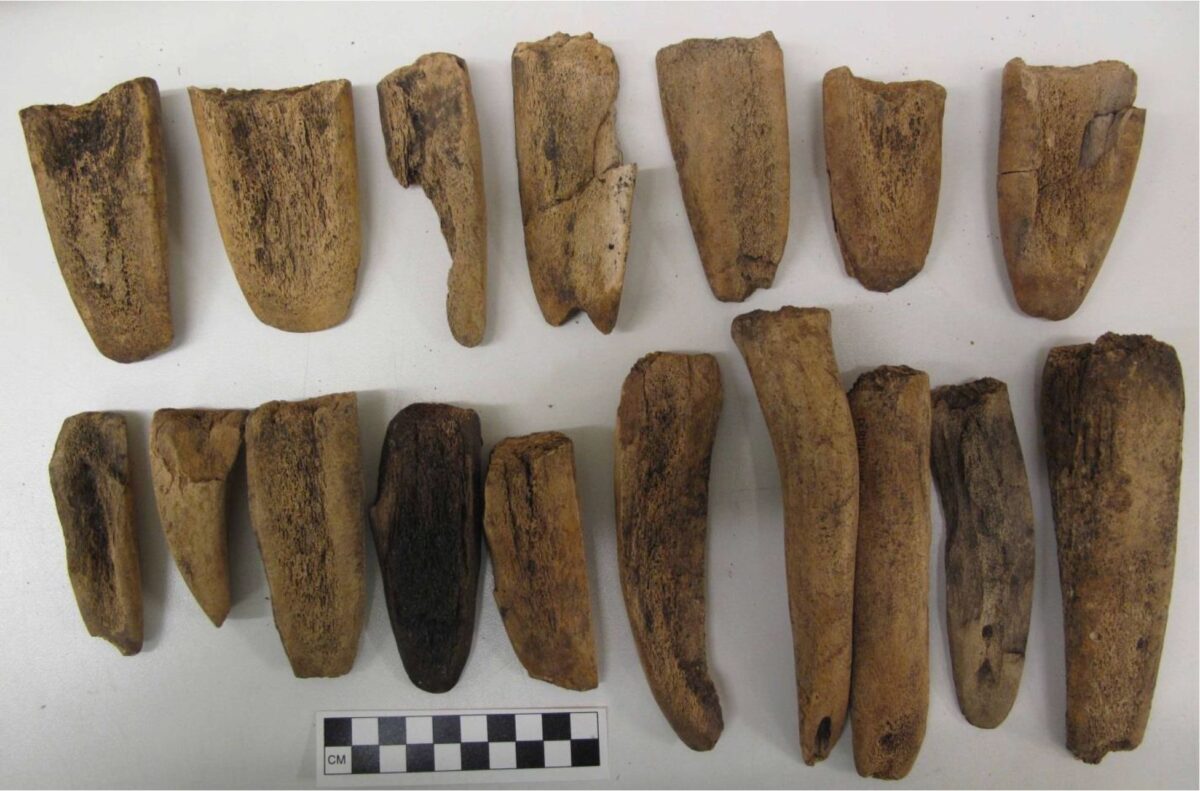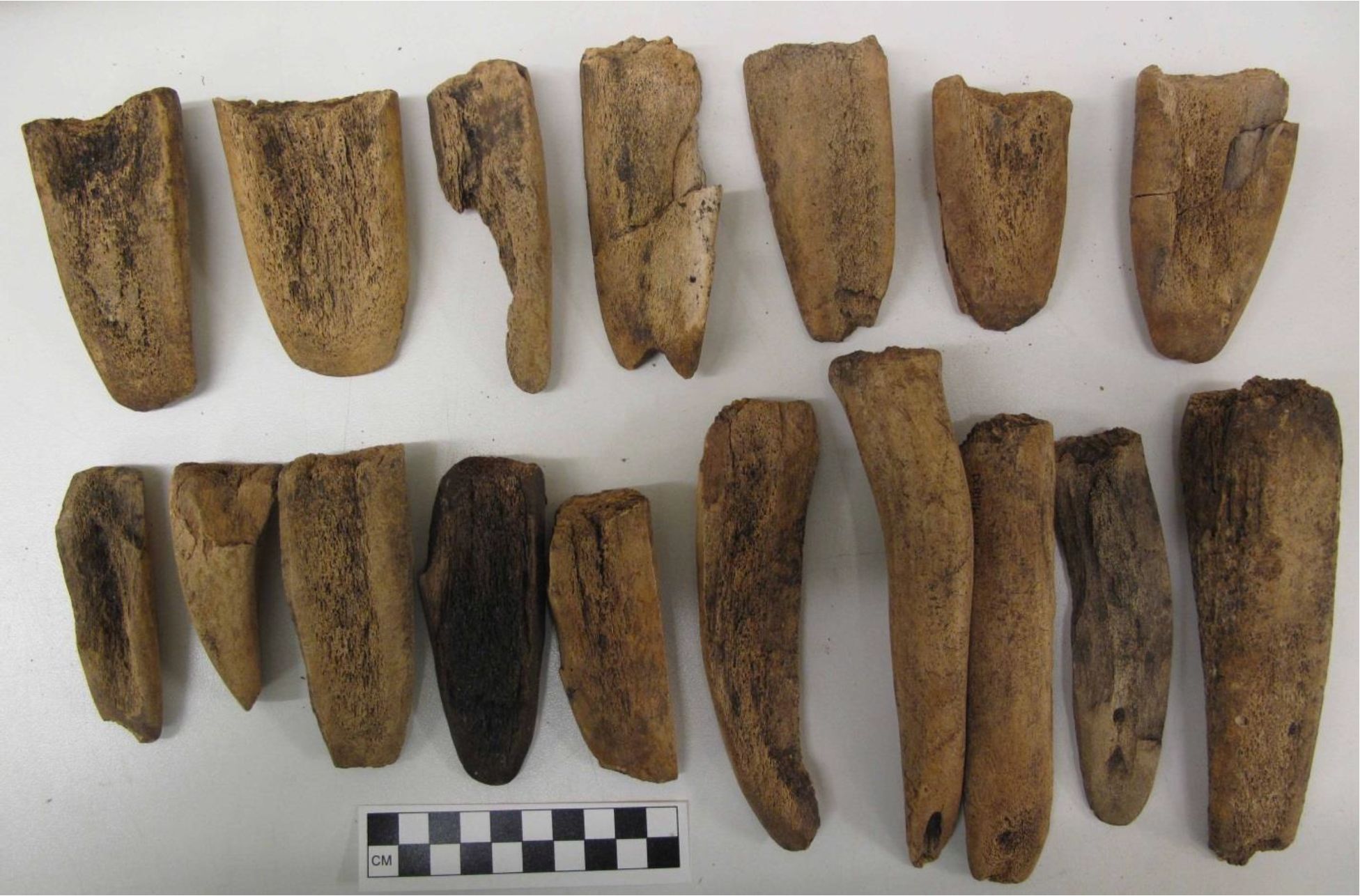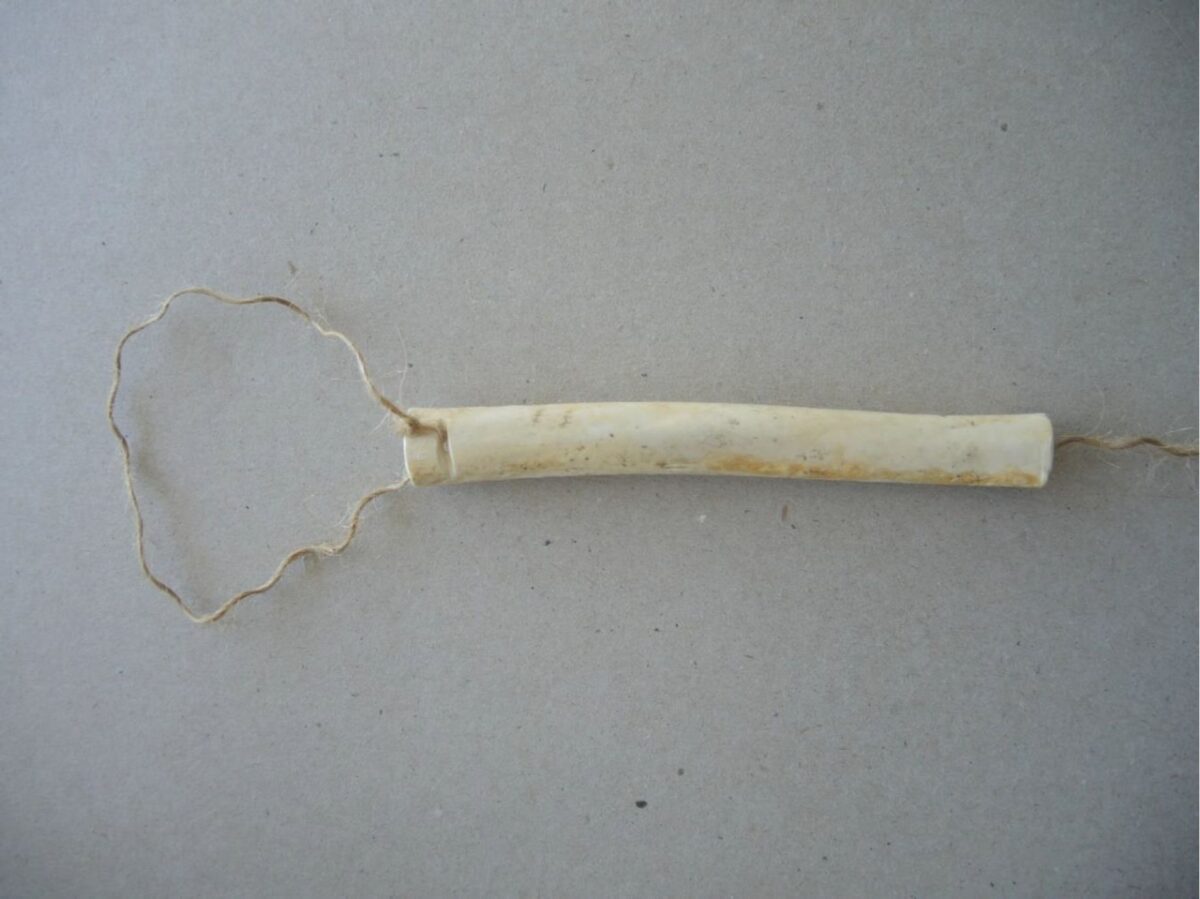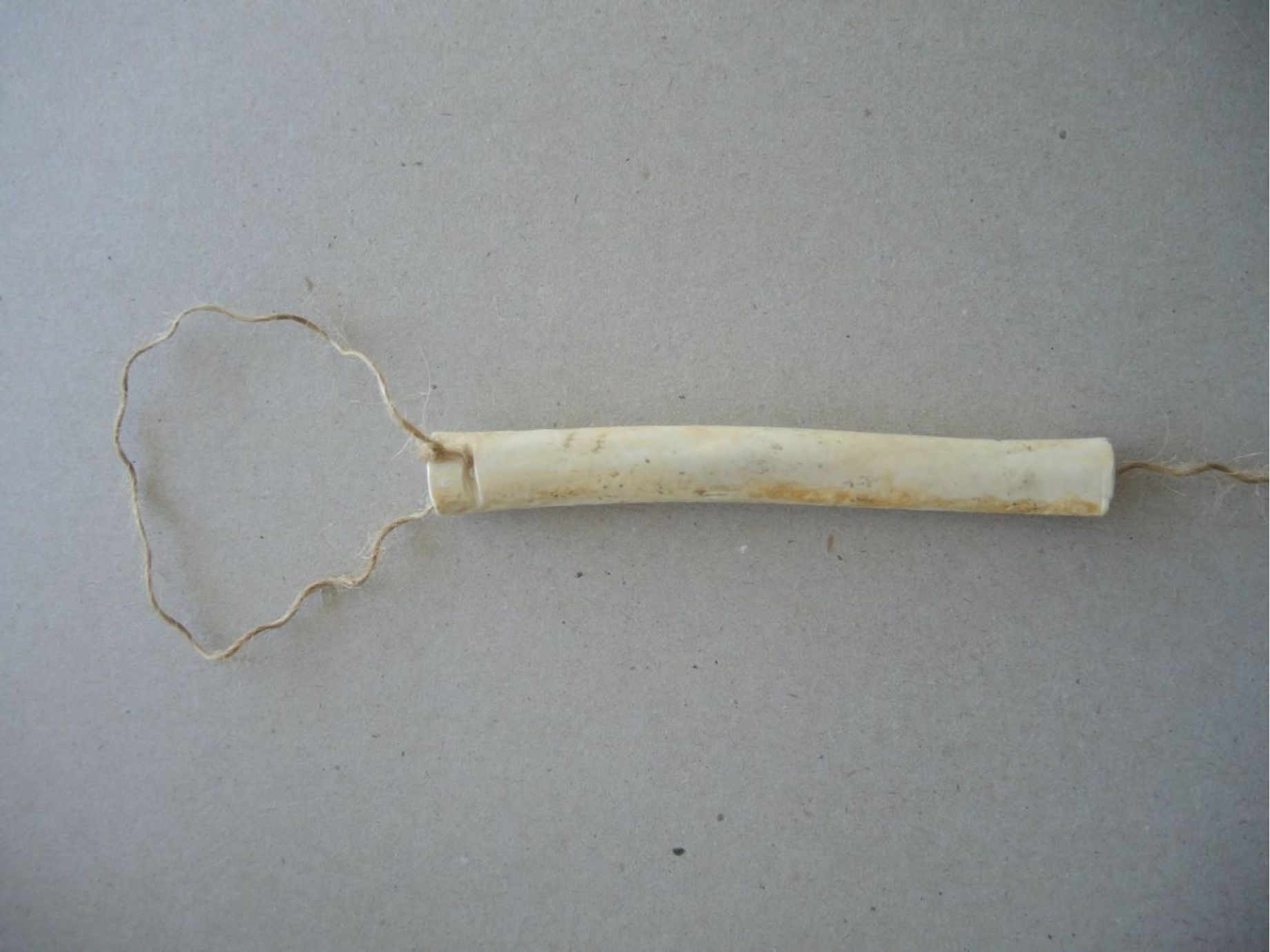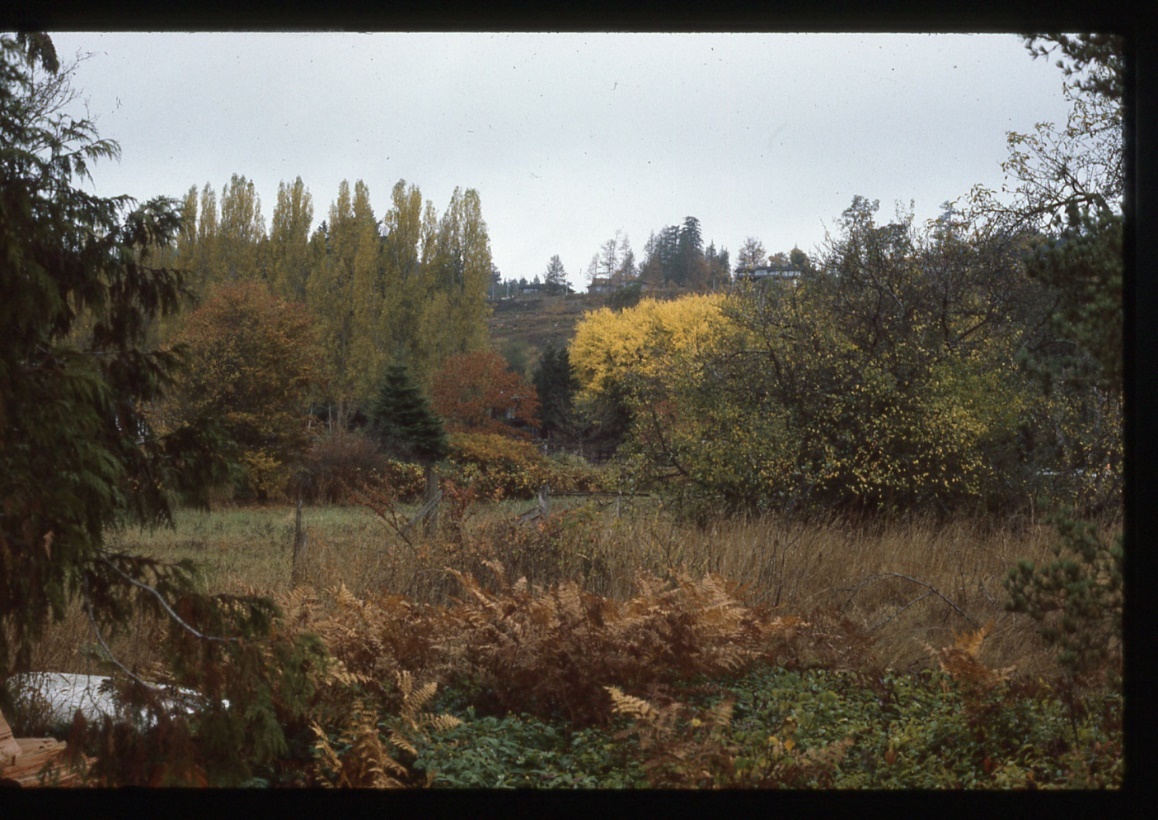
In Greater Victoria, inland Indigenous resource sites have been recorded in the past as a result of people finding artifacts while digging in their yards or construction projects turning them up accidently. They general do not have the easier to distinguish features of fire altered rocks and shell layers that are common in ocean shoreline sites. Archaeological testing was generally not done in the past where there was no previous record of a site being at a specific location. Many individual artifacts have been found along creeks and around swamps in greater Victoria. This archaeological site, DdRu-82, is an uncommon exception in having a large number of artifacts found in a relatively small area. This Indigenous resource location was on … Continue reading “A Cordova Bay Inland Indigenous Resource Site”
